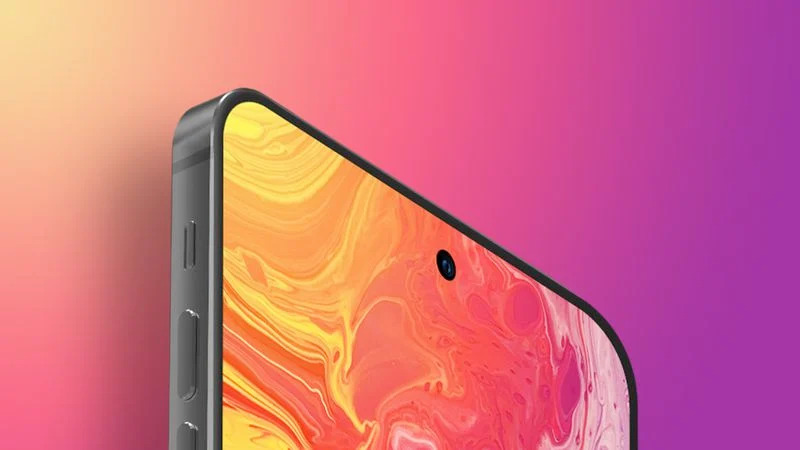
The press turned the fact that Apple’s market cap dropped below $2 trillion into a big story. Last year, it nearly topped $3 trillion. Among the most obvious problems, according to Trendsource, is that iPhone shipments declined 22% in December. This is just the tip of the iceberg. Apple Inc. (NASDAQ: AAPL) shares have much further to fall and could reset to mid-2020 levels, when the stock traded at $80. It recently closed at $125.
[in-text-ad]
Apple’s primary problem is the recession that will hit this year, unless it has already started. Delaying the purchase of a smartphone, particularly for people who already have a recent iPhone model, is an easy decision for people worried about their incomes.
The second problem is related to the first. The features of the iPhone 14 are not much different from those of the iPhone 13, particularly for people who take photos, watch videos, email and text. Apple has faced this problem for the past two or three years, as feature upgrades for new iPhones have been modest.
Apple’s production problem is improving. Its giant China-based Foxconn factory is almost back to full production. The supply of iPhones soon will not be a problem.
However, China does create a hurdle. It is the largest smartphone market in the world. Apple has over a third of that market. The COVID-19 pandemic in China will hurt retail store sales. And the Chinese economy has worsened just as the global economy has. People in China also will look at the new iPhone 14 and ask themselves if it has features much better than those of the iPhone 13.
Apple’s problems may get worse as the year progresses. The iPhone 15 probably will be released in September, if Apple follows its usual upgrade calendar. It will be released into the teeth of a recession. Unless feature upgrades are substantial, buyers must decide again if a new iPhone is better than their old one.
Apple has not faced the storm it does now since the Great Recession. The shares have much further to fall.
In 20 Years, I Haven’t Seen A Cash Back Card This Good
After two decades of reviewing financial products I haven’t seen anything like this. Credit card companies are at war, handing out free rewards and benefits to win the best customers.
A good cash back card can be worth thousands of dollars a year in free money, not to mention other perks like travel, insurance, and access to fancy lounges.
Our top pick today pays up to 5% cash back, a $200 bonus on top, and $0 annual fee. Click here to apply before they stop offering rewards this generous.
Flywheel Publishing has partnered with CardRatings for our coverage of credit card products. Flywheel Publishing and CardRatings may receive a commission from card issuers.
Thank you for reading! Have some feedback for us?
Contact the 24/7 Wall St. editorial team.





